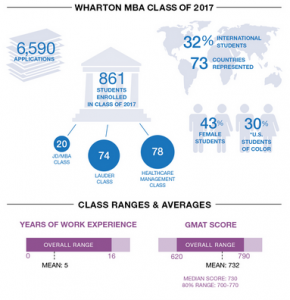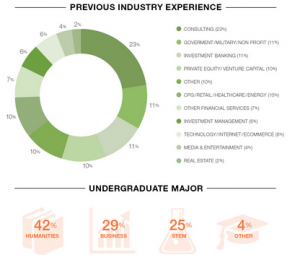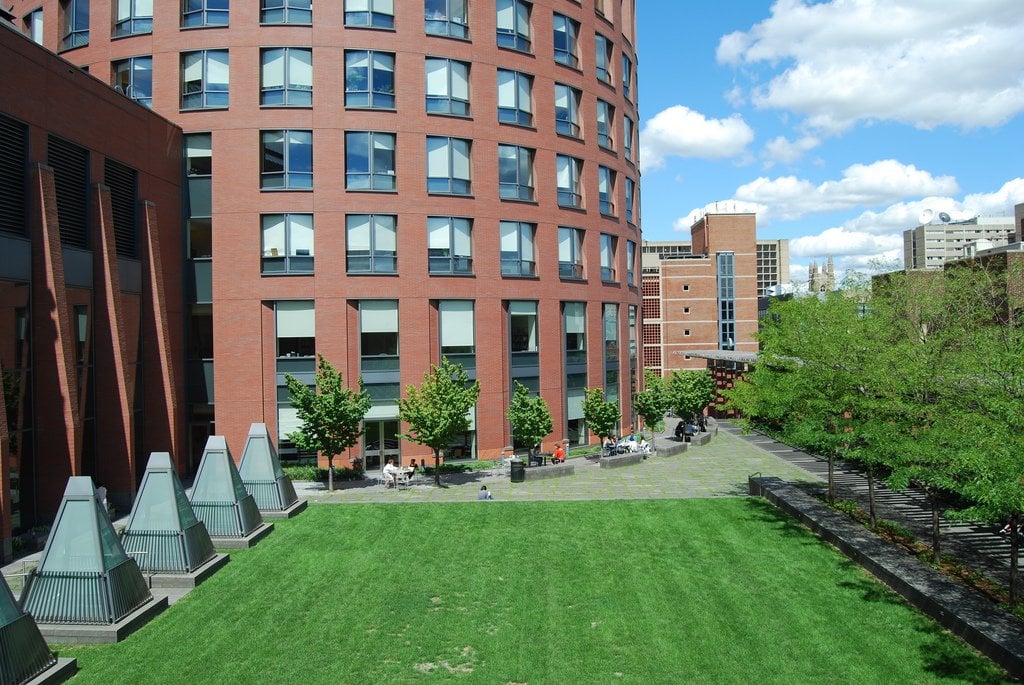The Wharton School at the University of Pennsylvania will welcome a 43 percent female class this year, according to Class of 2017 profile statistics released this morning, placing it among the front runners of elite business schools. Just last week, the Kellogg School of Management at Northwestern shared class profile statistics, revealing that it, too, has an incoming class that is 43 percent women. Both schools this year match UC Berkeley’s Haas School of Business female enrollment last year, when that school held the record.
Notably, Wharton did set a record itself in 2011, when women made up 44.7 percent of its entering class. But the school then backslid a little, to 42 percent in 2013 and 40 percent last year. It’s nice to see the Philadelphia school regain some ground.

Wharton’s class profile also reveals impressive gains in average GMAT score. The mean score for Wharton’s incoming class this year is 732, up from last year’s record-setting 728. A full 80 percent of the class scored between 700 and 770. For context, Chicago Booth earlier this week boasted an average GMAT score of 726, narrowly beating out Kellogg’s 724. Harvard Business School, for its part, reports a median GMAT score this year of 730.
So, GMAT scores are creeping up, and more women are heading to top-tier MBA programs. Admissions directors are thrilled with the quality of this year’s applicant pool, and the class profiles being shared by schools evidence just why.
Wharton’s class size remained relatively steady this year, with 861 students enrolled, up from 859 last year. The school saw a jump in application volume, from 6,111 to 6,590 this year. While the school does not release its acceptance rate, the increase in volume of applicants compared to the steady enrollment number suggests greater selectivity this year. Past estimates have placed Wharton’s selectivity around 20 percent, compared to HBS’s 11 percent.
The percentage of U.S. students of color in the incoming class remained steady for the third consecutive year, at 30 percent. The percentage of international students this year, 32, represents a slight rebound over last year’s 31 percent, but still falls short of the 35 percent figure reported two years ago.

In terms of industry background, consulting inched up slightly this year, to 23 percent from 20 in each of the past two years. Investment banking, which dropped to just 9 percent last year, rebounded a little bit, to 11 percent. Government/Military/Nonprofit slipped slightly, from 13 percent last year to 11 percent this year.









